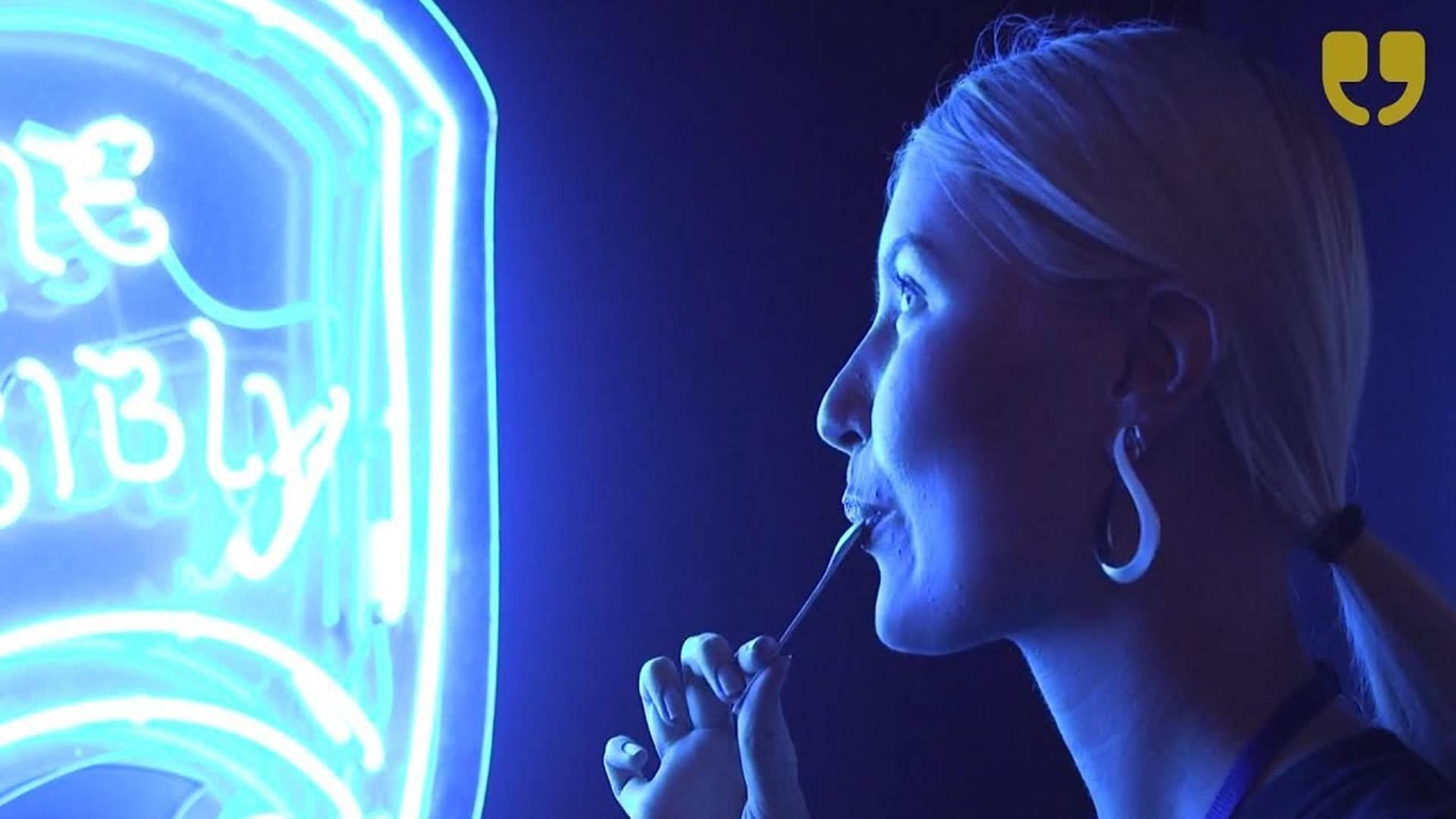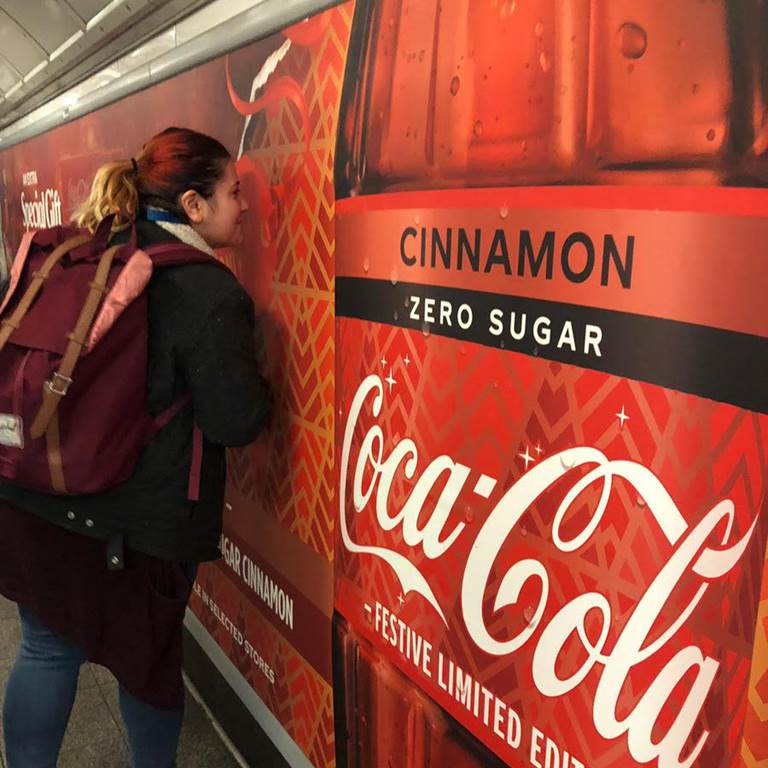How To Talk Sense
Our perceptions of the world are built up through multisensory experiences.
Our perceptions of the world are built up through multisensory experiences. However, now more than ever before, the rapid advancement of digital and scientific innovations has meant that these perceptions are constantly changing and adapting by the various innovations designed to enhance what we see, feel, touch, hear, taste and smell. This curious season has given us a glimpse into the future in all of these areas.
Ahead of our season finale, which will see VCCP’s brightest sparks head to head in our first PechaKucha talk, here are some of the most interesting use of senses happening right now.

Our sense of sight allows us to perceive shapes, distance, movement, colour and depth. It is also the sense that is currently being disrupted the most. As although our environment is static, the use of augmented reality has given us the ability to overlay digital information on top of it.
Things and places that were once the preserve of only a few, can now be opened up to the masses. For example, “David Bowie Is”, which debuted at the V&A Museum in London in 2013. Planeta, in collaboration with the David Bowie Archive and Sony Music Entertainment, will open up this experience to all by creating an augmented reality app - allowing fans to explore the hundreds of outfits, videos, handwritten song lyrics and original artworks featured in the exhibition.
In the same way that AR overlays digital technology on top of the physical world, companies like Microsoft have been developing an audio-based technology called Soundscape. The soundscape app is designed to help the visually impaired navigate cities by "providing contextual information about their surroundings with synthesized binaural audio, creating the effect of 3D sound". For example, it can describe different shops and street names as they walk by.
The sense of smell is closely linked with memory, more so than any of our other senses due to the olfactory function in our brain which evokes memories based on smells.

Brands who understand this have begun to use smell in various different environments. Coca-Cola are using scent to promote their zero sugar cinnamon flavour in Oxford Circus station, by infusing the station with cinnamon scent.
Moreover, haptic technology is revolutionising the way in which we touch our environments by recreating the sense of touch in users’ hands. A leading company in this field is Ultrahaptic, their mid-air haptic technology allows people to feel 3D virtual objects and even textures in thin air. The sensors “see” the hand, and the driver can “feel” the controls. If you swipe in the air to toggle between different songs, for example, you’ll feel a little elevation in thin air that signifies that you’ve jumped a track.
Likewise, 'SCOOP: A Wonderful Ice Cream World' immersed their guests through the past, present and future of ice cream in The British Museum of Food’s first major exhibition. Created by Curious guest Bompas & Parr, the show gave visitors a unique tour through a multi-sensory experience focused on their taste buds. Visitors delved through sub-zero ice chamber to contemplate the wonderful power of ice before tasting the vanilla ice cream cloud, and even seeing a cave illuminated by glow in the dark ice cream.
So what have we learned this season? Careful consideration of a user’s sensory journey can ensure the intended message delivered by brands is more effective and memorable. Advertisers can explore different ways to engage with consumers by tailoring it to the needs of their audiences. Indeed, due to the advancements in technology, there’s never been a better time to harness the senses by focusing on individual elements or combining them together for a truly multi-sensory experience.
Come along to our final talk of the season, the Season 8 PechaKucha starts at 9am on Thursday 6th December, and we hope to see you there!


